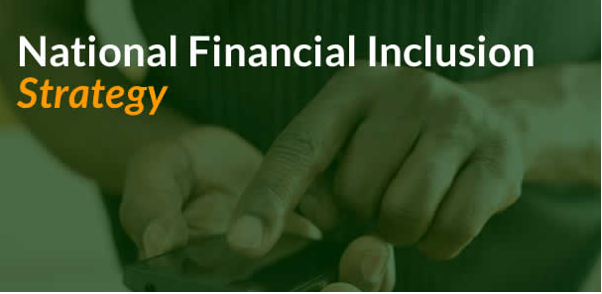i INP-WEALTHPK
Qudsia Bano
The State Bank of Pakistan (SBP) has launched an ambitious National Financial Inclusion Strategy (NFIS) 2024-28 that seeks to expand formal financial access to three-fourths of Pakistan’s adult population by 2028 and reduce the gender gap by half. The initiative, unveiled in the SBP’s Governor’s Annual Report 2024-25, represents the most comprehensive roadmap yet to integrate the unbanked into Pakistan’s evolving digital-finance landscape.
According to the report, the NFIS 2024-28 focuses on leveraging digital-financial-services infrastructure, promoting fintech innovation, and ensuring that women, micro-entrepreneurs, and rural households benefit from secure and affordable banking channels. Its twin objectives are to raise the overall inclusion level to 75 percent and reduce the gender gap to 25 percent within four years. The strategy builds on earlier reforms such as the Raast instant-payments system, microfinance expansion, and the Banking on Equality framework that compelled commercial banks to set gender targets for account openings and lending.

Complementing the NFIS, the SBP in April 2025 launched a parallel National Financial Education Roadmap (NFER) 2025-29 to create a financially literate population capable of making informed decisions. The roadmap introduces standardized financial literacy curricula in schools and vocational programs, public awareness campaigns, and specialized training for women entrepreneurs. Together, the NFIS and NFER form the foundation for inclusive, technology-driven economic participation.
The report highlighted that FY25 already showed tangible progress. Loan disbursements to agriculture rose 16.3 percent, SME financing expanded 41 percent, and the number of SME borrowers increased 57 percent, reflecting early momentum in outreach. The SBP said these trends validate the policy direction toward low-cost digital channels that minimize paperwork and physical branch constraints. Through agent banking and mobile-wallet solutions, financial institutions are expected to penetrate previously inaccessible rural areas.
Digital inclusion remains at the heart of the NFIS. The SBP said integration with Raast Payments Pakistan (Pvt.) Ltd and the PRISM+ settlement platform will allow seamless person-to-person and government-to-person payments. Such interoperability is designed to cut transaction costs, encourage savings mobilization, and enable direct transfers for social-welfare programs. Banks and fintechs have been instructed to ensure that new products under NFIS adhere to transparency and consumer protection standards.
The central bank emphasized that promoting women’s financial participation will remain a top priority. Commercial banks are required to expand women-only branches, tailor credit lines for small enterprises run by women, and collect gender-disaggregated data to monitor progress. These measures, coupled with digital identity verification and simplified KYC processes, aim to remove longstanding barriers faced by female customers.
The SBP also underscored the importance of coordination among stakeholders, ministries, regulators, and the private sector to align incentives and resources. Provincial governments have been asked to link agriculture credit programs to NFIS targets, while telecom operators are expected to support mobile-money penetration. The NFIS envisions periodic progress reviews and a data analytics framework to measure inclusion outcomes.
In its outlook, the SBP said broader inclusion will help formalize the economy, deepen savings, and stabilize monetary transmission. By bringing millions into formal banking, Pakistan can expand its deposit base, enhance tax compliance, and support sustainable growth. The strategy is therefore positioned not merely as a social initiative but as a macro-economic reform.
Credit: INP-WealthPk








